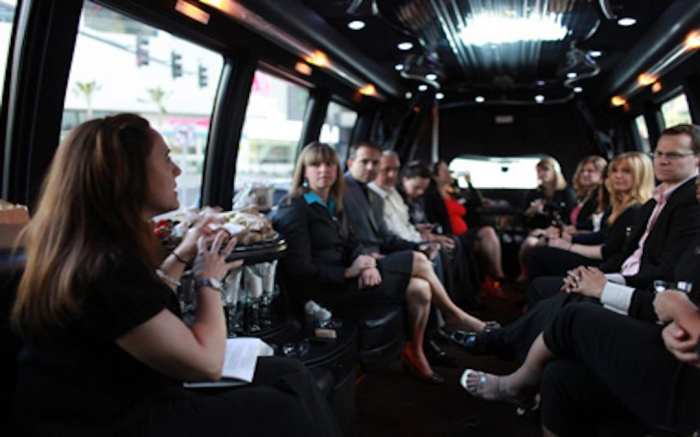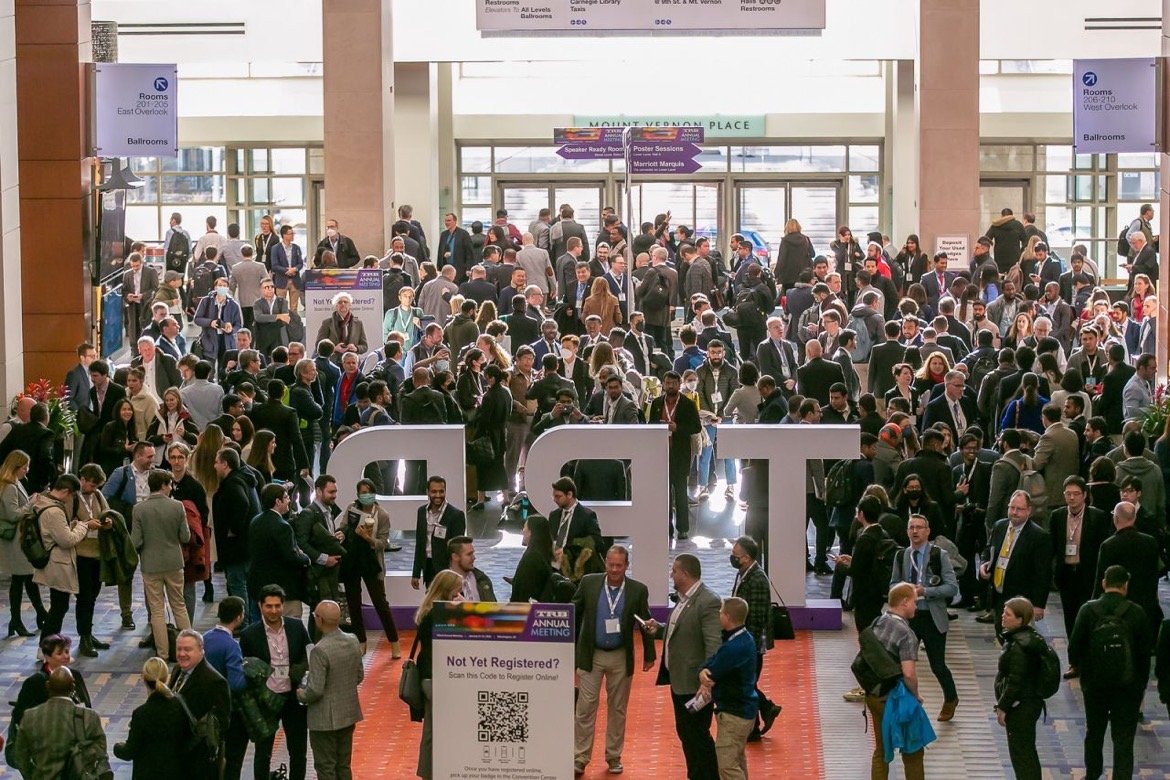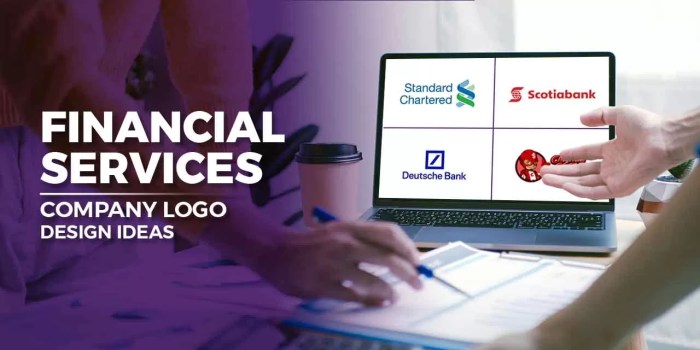Defining Premium Transportation Services
Premium transportation services for special occasions go beyond simply getting from point A to point B. They represent an investment in elevating the overall experience, transforming a mere transfer into a memorable part of the celebration itself. This heightened level of service aims to provide comfort, luxury, and a seamless journey, reflecting the significance of the event.Premium transportation distinguishes itself from standard services through a multitude of factors.
These include the superior quality of the vehicles, the highly trained and professional chauffeurs, the attention to detail in service delivery, and often, the inclusion of added amenities designed to enhance the passenger’s experience. A standard taxi or ride-sharing service prioritizes efficiency and affordability; premium services prioritize a bespoke and luxurious experience.
Types of Premium Vehicles and Their Suitability
Several vehicle types cater to the premium transportation market, each offering unique characteristics that make them suitable for different events. The choice depends largely on the number of passengers, the desired level of formality, and the overall ambiance desired for the occasion.
| Vehicle Type | Key Features | Typical Event Suitability | Capacity (approx.) |
|---|---|---|---|
| Limousine | Spacious interior, luxurious seating, often includes bar and entertainment systems, high level of privacy. | Weddings, proms, corporate events, airport transfers for VIPs. | 4-10 passengers |
| Luxury SUV | Spacious and comfortable, ample cargo space, all-wheel drive for versatility, often equipped with advanced technology. | Family events, airport transfers, corporate travel, group outings. | 5-7 passengers |
| Vintage Car | Unique styling and historical significance, adds a touch of elegance and nostalgia, suitable for smaller groups. | Weddings (particularly themed), anniversaries, photo shoots, classic car rallies. | 2-4 passengers |
| Luxury Sedan | Elegant and sophisticated, comfortable seating for a small group, often features advanced driver-assistance systems. | Airport transfers, business meetings, romantic evenings out. | 2-4 passengers |
Target Audience and Occasion Types
Premium transportation services cater to a discerning clientele seeking a superior travel experience for significant life events and business endeavors. Understanding the diverse needs and expectations of this audience is crucial for tailoring services to ensure complete satisfaction. This involves recognizing the demographics, psychographics, and specific occasion requirements of each client segment.Our target audience is broad, encompassing individuals and organizations with varying budgets and priorities.
However, a common thread unites them: a desire for elegance, convenience, and a stress-free journey. This shared preference for exceptional service drives the demand for premium transportation options.
Demographic and Psychographic Profiles of Clients
Our clients typically fall into several demographic and psychographic categories. High-net-worth individuals and families represent a significant segment, prioritizing luxury and convenience above all else. Corporate executives often utilize premium transportation for business travel, emphasizing efficiency and professionalism. Furthermore, younger demographics, such as those attending proms or celebrating milestone birthdays, increasingly value the experience and social status associated with premium transportation.
Psychographically, our clients often share characteristics such as a preference for high-quality experiences, a desire for personalized service, and an appreciation for sophisticated aesthetics. They are often time-conscious and value efficiency.
Occasion Types and Associated Transportation Preferences
The occasions served by premium transportation services are as varied as our clientele. Each occasion presents unique needs and expectations regarding vehicle type, service level, and overall experience.
- Weddings: Luxury sedans, limousines, or even vintage cars are frequently chosen to transport the bridal party and guests. The focus is on elegance, comfort, and creating lasting memories. Clients often request services that include red carpet treatment, champagne, and personalized touches.
- Proms: Limousines or party buses are popular choices for prom attendees, prioritizing spaciousness, style, and a celebratory atmosphere. Safety and reliability are paramount for parents entrusting their children’s transportation.
- Corporate Events: Luxury sedans and SUVs are often preferred for executives and VIPs attending conferences, meetings, or galas. The emphasis is on punctuality, professionalism, and a discreet yet sophisticated mode of transport. Chauffeured services that allow for work during transit are highly valued.
- Airport Transfers (VIP): Premium vehicles provide a seamless and comfortable transition between the airport and final destination, especially for high-profile individuals or those traveling internationally. Privacy and efficiency are critical considerations.
- Birthdays/Anniversaries: Clients often select vehicles that reflect the celebratory nature of the occasion, potentially opting for something unique or memorable, like a classic car or a luxury SUV. The focus is on creating a special and memorable experience.
Service Features and Amenities

Premium transportation services go beyond simply getting you from point A to point B; they offer a curated experience designed to elevate your special occasion. This involves a comprehensive suite of services and amenities carefully selected to ensure comfort, convenience, and a memorable journey.Our services cater to a wide range of needs and preferences, ensuring a tailored experience for each client.
Service Offerings
Premium transportation providers typically offer a diverse selection of services. These range from chauffeured car services for weddings and galas to airport transfers for business trips or vacations, and even customized itineraries for extended tours or sightseeing excursions. The flexibility and personalization are key differentiators, ensuring the service aligns perfectly with the client’s specific requirements and the nature of their event.
For instance, a wedding might necessitate a fleet of vehicles to transport guests, while a corporate event may require discreet and punctual transportation for executives.
Importance of Amenities
The customer experience is significantly enhanced by the inclusion of carefully chosen amenities. Climate control systems ensure a consistently comfortable temperature, regardless of the external weather conditions. High-quality entertainment systems, including premium sound systems and in-car Wi-Fi, provide opportunities for relaxation and productivity during transit. Comfortable seating, with ample legroom and ergonomic design, minimizes fatigue, especially on longer journeys.
These details contribute to a feeling of luxury and ease, making the entire travel experience more enjoyable and memorable. For example, imagine arriving at a wedding relaxed and refreshed, thanks to the comfortable ride and soothing music provided.
Pricing Models
Premium transportation services employ various pricing models to accommodate different budgets and needs. Hourly rates provide flexibility for shorter trips or events where the duration is less predictable. Package deals offer a fixed price for a predetermined service, such as airport transfers or a specific event, often providing better value for longer journeys or larger groups. Some providers also offer customized packages, allowing clients to select specific services and amenities to create a bespoke experience.
The choice of pricing model depends heavily on the specific event and client requirements. For instance, an hourly rate might be suitable for a city tour, while a package deal would be more cost-effective for a multi-day trip.
Service Feature Pricing
| Service Feature | Vehicle Type | Hourly Rate | Package Deal (8 hours) |
|---|---|---|---|
| Chauffeur Service | Sedan | $75 | $500 |
| Airport Transfer (one-way) | SUV | N/A | $150 |
| Customized Itinerary (per day) | Luxury Van | N/A | $800 |
| Additional Amenities (e.g., Wi-Fi, Refreshments) | All | $25/hour | $150 (included in package deals) |
Marketing and Branding Strategies
A successful marketing campaign for premium transportation services hinges on effectively communicating luxury, reliability, and exceptional service. This requires a multi-faceted approach encompassing targeted advertising, strong branding, and compelling visual storytelling. The goal is to resonate with discerning clients who value exclusivity and seamless experiences.Effective marketing for this niche requires a sophisticated understanding of the target audience’s desires and expectations.
It’s not just about transportation; it’s about creating an unforgettable experience. This involves showcasing the finer details that set the service apart from competitors.
Marketing Campaign Design
This campaign should focus on high-end publications, targeted digital advertising, and strategic partnerships with luxury hotels, event planners, and concierge services. Digital marketing should leverage visually rich content, showcasing the vehicles and the experiences they offer. Consider partnerships with luxury brands to cross-promote services and reach a wider, affluent audience. Print advertising in high-end magazines and newspapers would complement digital efforts, maintaining a sense of exclusivity.
The campaign messaging should emphasize the peace of mind, convenience, and elevated status associated with using the service. For instance, a tagline such as “Arrive in Style, Depart in Comfort” could effectively capture the essence of the service.
Branding Strategies for Luxury, Reliability, and Exceptional Service
Branding should visually and verbally communicate luxury, reliability, and exceptional service. This involves selecting a sophisticated logo, a refined color palette, and high-quality imagery showcasing the vehicles and the impeccable service provided. The brand voice should be confident, assuring, and subtly elegant. Reliability is conveyed through testimonials from satisfied clients, highlighting the punctuality, safety, and professionalism of the chauffeurs.
Exceptional service is shown through details like personalized greetings, complimentary refreshments, and attention to the smallest details. The brand should strive to create a sense of trust and anticipation, assuring clients of a seamless and luxurious experience.
Examples of Successful Marketing Materials
A successful brochure would feature high-resolution photography of the vehicles, showcasing their elegance and comfort. The copy would focus on the unique selling points, such as the chauffeurs’ professionalism, the attention to detail, and the vehicles’ advanced amenities. The website should be visually stunning, easy to navigate, and provide detailed information about the services offered, including pricing and booking options.
Social media content should showcase the lifestyle associated with the service, featuring aspirational imagery and client testimonials. Consider using Instagram to visually showcase the elegance of the vehicles and the experiences they offer, with carefully curated images and videos. Use Facebook to share client testimonials and behind-the-scenes glimpses of the service.
Imagery and Storytelling to Convey Value Proposition
Imagery should depict the lifestyle associated with premium transportation. Think sophisticated settings, impeccably dressed chauffeurs, and elegant vehicles in stunning locations. Storytelling should focus on creating an emotional connection with potential clients, highlighting the positive experiences and memories associated with using the service. For example, a story could focus on a couple arriving in style for their wedding, or a business executive making a crucial meeting without stress.
The focus should be on the peace of mind, convenience, and elevated status that the service provides. The narrative should emphasize not just the journey, but the entire experience, transforming transportation into a memorable part of a special occasion.
Competitive Landscape and Market Trends
The premium transportation services market is a dynamic and competitive landscape, shaped by evolving consumer preferences, technological advancements, and economic factors. Understanding this landscape is crucial for any business aiming to succeed in this sector. This section will examine the major players, current trends, and the future potential of this lucrative industry.The premium transportation market is characterized by a diverse range of service providers, each with its unique business model and target clientele.
This diversity reflects the varied needs and preferences within the high-end travel segment.
Major Players in the Premium Transportation Market
Several key players dominate the premium transportation market, offering a spectrum of services ranging from chauffeured car services to private jet charters. These include established limousine companies with extensive fleets and global reach, specialized luxury transportation providers focusing on niche markets (e.g., wine tours, airport transfers), and newer entrants leveraging technology to enhance service delivery. Examples include companies like Blacklane, which focuses on global airport transfers and corporate travel, and smaller, localized luxury car services specializing in event transportation.
Many luxury hotels also offer in-house premium transportation services to cater to their guests’ needs.
Current Market Trends and Future Growth Potential
The premium transportation market is experiencing significant growth, driven by increasing disposable incomes, a rise in luxury travel, and a greater demand for convenience and personalized experiences. The increasing popularity of experiential travel, where customers prioritize unique and memorable journeys, further fuels this demand. This trend is particularly evident in destinations popular with high-net-worth individuals, such as major metropolitan areas and popular tourist destinations globally.
Future growth is projected to be strong, with predictions pointing towards continued expansion, especially as emerging markets see increased affluence. For example, the growth of the luxury travel sector in Asia is driving significant demand for premium transportation services in that region.
Impact of Technological Advancements
Technological advancements are significantly impacting the premium transportation sector, creating both opportunities and challenges. Ride-sharing apps, while initially focused on the mass market, are expanding into the premium segment with dedicated luxury services. These apps offer increased convenience and transparency, allowing customers to easily book and manage their transportation. Autonomous vehicles, although still in their early stages of development, hold the potential to revolutionize the industry by offering a new level of safety, efficiency, and potentially lower costs.
However, the integration of autonomous vehicles will require significant infrastructure investment and regulatory changes. The use of sophisticated booking systems and mobile applications also allows for improved customer service and personalized experiences, such as real-time tracking and customized route planning.
Comparison of Different Business Models
The premium transportation industry encompasses several distinct business models. Traditional limousine services operate on a fleet ownership model, employing drivers and managing vehicle maintenance. Other businesses leverage a network of independent contractors, similar to ride-sharing apps but with a focus on luxury vehicles and highly trained chauffeurs. Some companies specialize in partnerships with luxury hotels or event venues, providing exclusive transportation services to their clientele.
Each model presents unique advantages and disadvantages in terms of scalability, cost management, and customer service. For example, the fleet ownership model offers greater control over service quality but requires significant upfront investment, while the contractor model offers greater flexibility but may present challenges in maintaining consistent service standards.
Customer Experience and Feedback

In the premium transportation industry, exceeding customer expectations is paramount. A single negative experience can significantly impact reputation and future bookings, while positive experiences foster loyalty and generate referrals. Therefore, a robust system for managing customer interactions and feedback is crucial for sustained success. This involves proactive service, effective complaint resolution, and a commitment to continuous improvement based on client input.Exceptional customer service is the cornerstone of a successful premium transportation business.
It’s about creating a seamless and memorable experience from initial booking to final drop-off. This goes beyond simply providing reliable transportation; it encompasses personalized attention, proactive communication, and a commitment to exceeding expectations. For example, anticipating potential delays and proactively notifying clients, offering complimentary refreshments, or providing assistance with luggage are all ways to demonstrate exceptional service.
Gathering and Utilizing Customer Feedback
Effective feedback mechanisms are vital for understanding customer perceptions and identifying areas for improvement. Gathering feedback can be achieved through various channels, including online surveys, post-ride email communications, in-person interactions, and reviews on third-party platforms. Analyzing this data allows for a targeted approach to enhancing service quality, addressing specific concerns, and tailoring offerings to better meet customer needs.
For instance, consistent negative feedback regarding driver punctuality might necessitate a review of scheduling procedures or driver training.
Handling Customer Complaints and Resolving Issues
Addressing customer complaints promptly and professionally is essential for damage control and maintaining a positive brand image. A well-defined complaint handling procedure should be in place, ensuring that all complaints are acknowledged, investigated, and resolved fairly and efficiently. This might involve offering apologies, providing explanations, and offering appropriate compensation or adjustments to rectify the situation. Transparency and empathy are key to resolving issues successfully.
For example, a missed flight due to a late arrival should be handled with immediate action to rebook the flight and potentially offer compensation for the inconvenience.
Sample Customer Feedback Survey
The following survey aims to gather feedback on various aspects of the transportation service.
| Overall Satisfaction | Driver Professionalism | Vehicle Condition | Punctuality |
|---|---|---|---|
| Additional Comments: | |||
Legal and Regulatory Considerations
Operating a premium transportation service requires navigating a complex web of legal and regulatory requirements to ensure safe, reliable, and compliant operations. Failure to adhere to these regulations can result in significant financial penalties, operational disruptions, and reputational damage. Understanding and proactively addressing these legal aspects are crucial for long-term success.
Insurance Requirements
Comprehensive insurance coverage is paramount for any premium transportation service. This includes, but is not limited to, commercial auto insurance with high liability limits to cover potential accidents and injuries, cargo insurance to protect valuable goods transported for clients, and general liability insurance to cover non-vehicular incidents. The specific coverage amounts and types will vary depending on factors such as the type of vehicles used, the geographic area of operation, and the value of the transported goods.
Failing to secure adequate insurance leaves the business vulnerable to significant financial losses in the event of an accident or incident. For example, a company operating luxury limousines would require higher liability limits than a company providing airport shuttle services.
Licensing and Permits
Securing the necessary licenses and permits is a fundamental aspect of legal compliance. This often involves obtaining operating permits from local, state, and potentially federal authorities. These permits might include commercial driver’s licenses (CDLs) for drivers, business licenses for the company itself, and any specific permits required for operating in certain zones or using specific types of vehicles.
The application process usually involves background checks, vehicle inspections, and proof of insurance. Failure to obtain the necessary licenses can lead to hefty fines and even the suspension or revocation of operations. For instance, a company operating in multiple states would need to obtain licenses in each jurisdiction.
Safety Standards and Regulations
Maintaining high safety standards is not only ethically responsible but also legally mandated. This encompasses regular vehicle maintenance, driver training programs focused on defensive driving and emergency procedures, and adherence to all relevant traffic laws and regulations. Regular vehicle inspections are crucial for preventing mechanical failures and ensuring passenger safety. Driver training should cover topics such as defensive driving techniques, emergency response procedures, and customer service protocols.
Regular safety audits and adherence to industry best practices are essential for mitigating risks and demonstrating commitment to passenger safety. Companies failing to meet safety standards may face penalties and lawsuits.
Liability and Dispute Resolution
Establishing clear procedures for handling potential liability issues is crucial. This includes having a robust contract with clients outlining the terms of service, liability limitations, and dispute resolution mechanisms. A well-drafted contract can help to protect the business from potential lawsuits. Furthermore, having a clearly defined process for investigating and addressing customer complaints is essential for maintaining a positive reputation and minimizing legal risks.
In the case of accidents or incidents, prompt reporting to the relevant authorities and cooperation with investigations are crucial. Having a legal counsel to advise on liability matters is highly recommended.
Best Practices for Legal Compliance
Proactive measures are key to maintaining legal compliance. This involves regularly reviewing and updating company policies and procedures to reflect changes in regulations, conducting regular safety audits, and investing in employee training programs to ensure everyone understands and adheres to legal requirements. Maintaining meticulous records of all licenses, permits, insurance policies, vehicle maintenance, and driver training is essential for demonstrating compliance during audits or investigations.
Seeking legal counsel to ensure compliance with all applicable laws and regulations is also a best practice. Regularly reviewing legal updates and seeking advice from legal professionals will minimize risks and protect the business.


